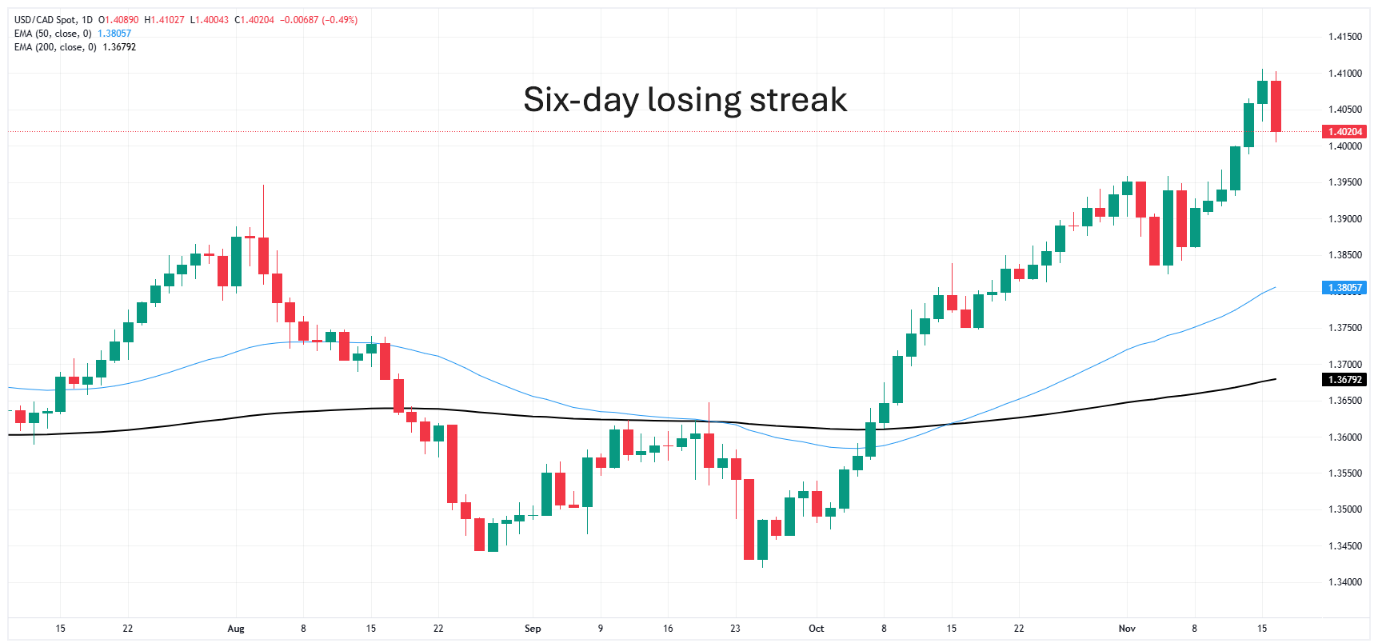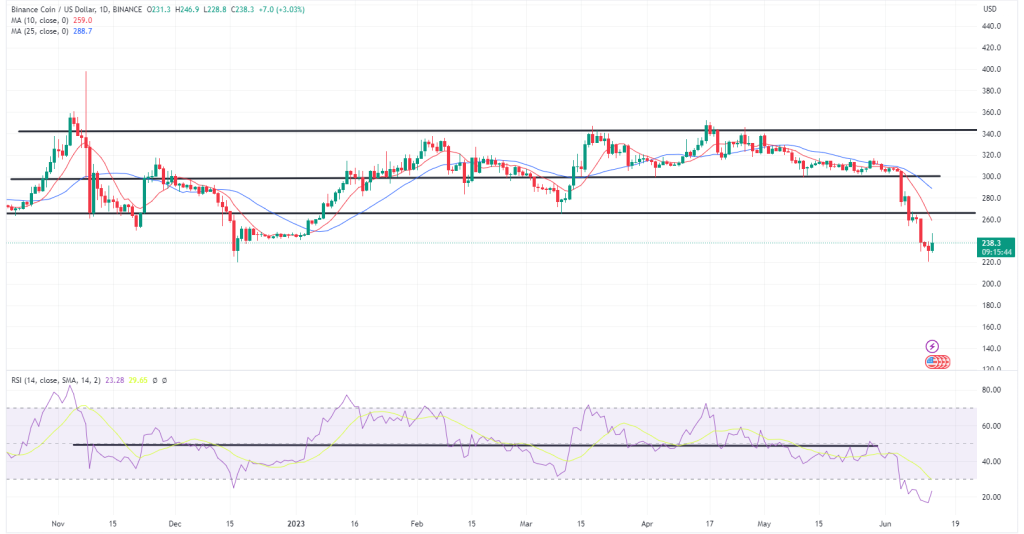How to handle losing streaks in forex
Every trader in the foreign exchange market will experience losing streaks regardless of their skill level or trading strategy. The sequence of consecutive losing trades defines a losing streak which occurs naturally because of probability and market variance. Systems with positive long-term expectancy will experience drawdowns because market conditions change over time.
The understanding of trading losses as an inevitable part of the process enables traders to develop sustainable trading mindsets. Trading success depends on efficient capital management rather than winning every position because traders need to make consistent decisions throughout time. The main issue with losing streaks emerges from trader reactions rather than the actual losses themselves. Fear and frustration together with overconfidence trigger impulsive decisions that boost risk exposure while diminishing trading discipline.
The forex market operates dynamically because it responds to macroeconomic data and central bank policy and geopolitical risk and investor sentiment. The market variables generate price volatility which creates temporary disruptions to technical patterns and trend continuity. The attention should move to risk management and capital preservation and structured trading plan maintenance when market disruptions result in consecutive trading losses.
The ability to identify emotional fatigue combined with objective trade reviews and data-driven decisions through backtesting helps traders successfully navigate drawdowns. The objective should be to handle losing streaks through disciplined strategies which protect long-term profitability.
The nature of losing streaks
Forex trading losses occur because financial markets operate based on probability instead of certainty. A strategy with documented success can experience multiple consecutive trading losses. The market conditions sometimes shift away from the fundamental assumptions of a strategy which leads to this common occurrence especially during unexpected economic releases or low-liquidity sessions.
A system that achieves 60% winning trades in 100 attempts can still experience multiple consecutive losses. The occurrence happens through random distribution patterns instead of indicating any strategy defects. Traders who understand this concept can distinguish between short-term results and long-term performance.
Market volatility which arises from macroeconomic announcements and central bank actions and geopolitical uncertainty leads to such streaks. The volatility clusters on trading platforms demonstrate how they increase short-term drawdowns even when risk control measures are in place. The key to success demands appropriate expectation management.
The psychological impact of multiple losses in trading leads to three main behavioral responses including self-doubt and frustration and overcompensation. Emotional reactions to losses disrupt decision-making processes which causes traders to deviate from their established trading plans. The awareness of emotional reactions to losses should motivate traders to implement structured processes including trade journaling and predefined rule sets to minimize subjective bias.
The statistical nature of trading in an environment with fluctuating variables makes losing streaks a natural occurrence that does not indicate failure. The first step to manage losing streaks involves understanding their source and effects which enables rational behavior and consistent risk-adjusted decision-making.
Common mistakes trader make during losing streaks
A losing streak tends to produce behavioral mistakes which both increase market exposure and decrease trading success. Overtrading stands as one of the most typical reactions that traders exhibit. Traders who experience consecutive losses tend to place more trades because they hope to recover their losses swiftly. The emotional response behind this behavior produces no valid market signals which results in additional drawdowns.
The practice of raising position sizes represents a typical error which traders make to offset their previous trading losses. The trader normally puts 1% of his capital at risk during each trading session. The trader increases their trade risk to 3% or more to recover their lost capital more quickly during market drawdowns. The strategy exposes trading accounts to increased market volatility which leads to faster losses when market conditions remain unfavorable.
The practice of discarding tested trading strategies creates a significant risk for traders. A trading method which has proven itself through hundreds of trades will inevitably experience brief losing periods. The rapid change of trading strategies prevents traders from achieving long-term consistency and makes it impossible to evaluate performance objectively.
The practice of ignoring trading plans or changing them during trading sessions results in suboptimal decision-making. The modification of stop-loss or take-profit levels during active trades typically stems from emotional distress instead of logical assessment. The absence of necessary risk control structures and consistency results from this behavior.
A successful investment strategy requires both risk awareness and discipline together with a clear plan to avoid these common mistakes. Early identification of these patterns enables investors to protect their capital while keeping control during times of decreased performance.

Practical strategies to handle losing streaks
A losing streak needs a structured method which combines objective evaluation with risk control and mental clarity. The initial step involves evaluating recent trades without emotional influence. A trader who encounters five successive trading losses should be their first priority. The evaluation of past trades against the initial strategy helps identify whether market conditions or strategy design or execution methods caused the problems. Performance analytics platforms together with trading journals help traders identify patterns and detect inconsistencies.
The maintenance of strict risk parameters stands as an essential requirement. The predefined 1% risk per trade should be maintained throughout a drawdown to prevent excessive losses. Traders who want to protect their accounts during unstable periods choose to decrease their trading risk to 0.5% per trade until their account stabilizes. The capital protection system enables traders to stay in the market while their accounts stabilize.
A brief trading pause serves as a functional solution in particular market situations. A brief absence from market charts allows traders to recover from emotional exhaustion which leads to improved decision-making skills when they return. The trading break provides time for traders to improve their strategy rules and market research without the stress of ongoing trades.
The original trading plan should be reviewed to maintain discipline. The use of pre-trade checklists combined with risk-reward evaluations and entry/exit conditions helps traders base their decisions on a framework instead of emotional bias. A trading plan that restricts market entries to trending conditions should remain unchanged when markets enter a ranging period.
The implementation of these practical steps promotes rational behavior and reduces the occurrence of reactive trading. The structured method of trading helps decrease the effects of drawdowns and leads to better long-term performance consistency.
Mental resilience and emotional discipline
The ability to maintain discipline throughout a losing streak heavily depends on mental resilience. The trading environment causes people to experience powerful emotional responses which include frustration together with self-doubt and an intense need to recover their losses. Such reactions create negative impacts on structured decision-making processes which results in impulsive trading actions. The early detection of psychological pressure enables better control and leads to long-term consistency.
A trader who experiences an 8% drawdown should maintain their process-oriented approach instead of using aggressive recovery methods. The process-oriented approach works better than quick recovery attempts through aggressive trading methods. The trader should stick to predefined setups and execute trades according to rules while measuring performance through trade quality instead of results. Journaling emotions before and after each trade helps traders monitor their mood changes and minimize how emotions affect their strategy execution.
Deep-breathing exercises together with short breaks and physical activities outside trading hours help traders manage their cognitive fatigue. The combination of these activities enhances concentration and decreases tension particularly when traders experience multiple losing trades in a row. A daily routine which includes economic calendar review and chart updates at set times helps structure the trading process while minimizing emotional disturbances.
A fixed pre-trade checklist helps traders maintain their discipline. The confirmation of trend direction and key support/resistance levels and risk/reward ratio and upcoming news events before opening positions helps traders maintain consistency. These habits reinforce data-driven behavior and reduce the likelihood of emotionally reactive trades.
Developing mental resilience means learning to handle emotions instead of trying to eliminate them. Through repeated practice emotional discipline develops into a fundamental trading ability which maintains stability throughout winning and losing market conditions.

When to make strategic adjustments
A losing streak does not always require an immediate change in strategy. Market volatility decreases and news releases and shifting sentiment cause temporary price disruptions during some drawdowns. The ability to distinguish between market environment changes and statistical variance-driven losses remains crucial for traders.
A trend-following strategy normally delivers strong results when market momentum remains high. The system remains intact even when recent trades fail because of consolidation or price action volatility. The situation requires traders to either reduce their exposure or take a break rather than implementing permanent changes to their strategy.
The need for adjustments arises when backtesting results demonstrate persistent underperformance in particular trading sessions or currency pairs. The exclusion of trades during high-impact economic data releases and the implementation of risk parameter tightening in low-liquidity markets can lead to better performance outcomes. The process of making such changes needs to be based on extensive trade data and must pass forward-testing.
The process of changing a strategy without enough data leads to curve fitting which means adjusting the strategy to match past results instead of future market conditions. Such actions typically produce unreliable performance results. A structured review process through the platform's analytics dashboard enables traders to assess if their current system matches their objectives and market conditions.
Learn from the experience
Every losing streak provides important data which enhances long-term performance when evaluated objectively. Analyzing process-related variables instead of focusing on outcomes enables continuous improvement. The analysis of entry timing and trade justification and risk-to-reward ratio and market conditions during losses reveals whether the errors resulted from execution mistakes or outside factors.
A two-week period resulted in ten losing trades. A systematic assessment reveals that multiple market entries occurred immediately before news announcements and during times of low market liquidity. The strategy's core remains intact when traders modify their entry timing or avoid particular market sessions to minimize future losses.
A performance journal that includes charts and screenshots along with notes creates a historical record for future review. The passage of time makes it simpler to detect recurring patterns. The practice of journaling enables traders to detect their behavioral patterns including their tendency to increase stop-loss distances and ignore confirmation signals during stressful market conditions.
The process of reviewing trading activities helps traders enforce their established rules which improves their discipline. The reevaluation of maintaining a 2:1 risk-reward ratio serves as a protection against impulsive trading during times of market uncertainty. The process enables traders to maintain strategic alignment between their execution methods and their risk tolerance and strategy design.
Experienced traders regularly review important economic indicators such as inflation releases and central bank statements to understand the context of their losses. The relationship between macroeconomic factors and technical market patterns enhances traders' market intelligence which guides their selection of future trades.
Conclusion
Any probabilistic trading system will naturally experience losing streaks which do not indicate failure. The ability to understand drawdown causes together with effective management techniques distinguishes traders who remain consistent from those who act impulsively. A structured risk control system combined with emotional discipline and systematic review helps traders minimize losses while preserving their long-term strategy integrity.
A strategy with proven long-term success faces an extended drawdown because of shifting market volatility and changing market sentiment. The system can recover from losses when favorable conditions return by using proper position sizing and following predefined rules and avoiding reactive trades. This method helps maintain psychological stability which remains essential for making rational decisions during stressful times.
A post-trade analysis system helps traders take responsibility for their actions while converting temporary losses into valuable learning experiences. The combination of entry and exit evaluation with risk parameter assessment and macroeconomic influence analysis provides better understanding and facilitates ongoing improvement. The repeated evaluation process builds trader confidence and minimizes impulsive emotional choices.
The combination of joining structured trading communities and using professional platforms with peer performance metrics provides both perspective and accountability to traders. The available resources help people understand that drawdowns are normal while promoting data-based decision making instead of emotional responses.
The successful management of losing streaks depends more on maintaining consistency than on implementing complicated methods. Traders who use well-researched strategies along with disciplined execution and factual performance reviews can maintain their capital while regaining control and staying focused on long-term profitability.


